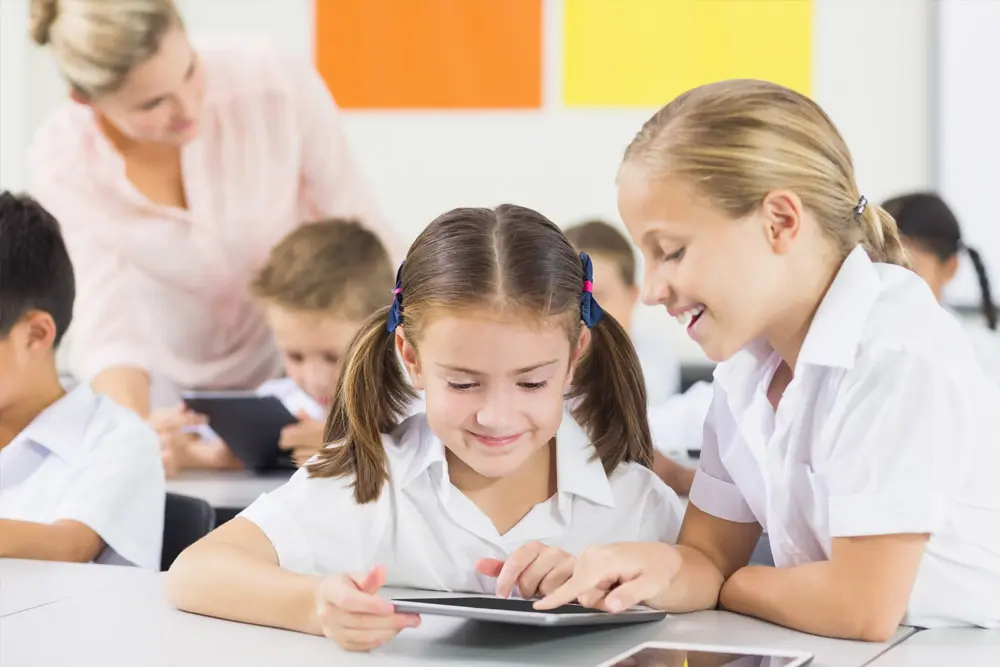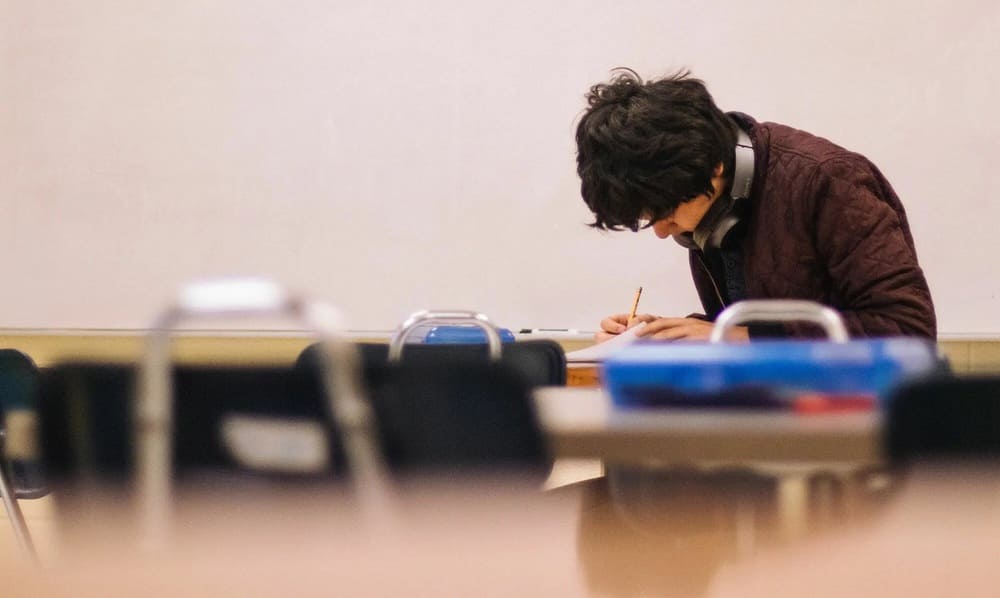
Teachers everywhere are trying to distil a year’s worth of personal triumphs, tragedies and revelations into a few well-chosen comments.
Some parents wait with bated breath. Others barely notice. For the teachers who write end-of-year reports, it can be one of those times that feels a million miles away from why we started teaching in the first place.
When John Hattie’s team identified feedback as one of the most powerful drivers of student learning in 2008, they didn’t mean end-of-year school reports.
They meant a continuous, authentic cycle of shared impressions, evidence, observations and reflections – where bit by bit, ownership and mastery of learning spreads from the teacher to the student.
They meant a process of continual engagement where learning becomes visible – yes, through formal summative assessment results. But also through much more of the unique human experiences and interactions that make up each student, each class and each school year.

So why do we do this?
There will always be a place for formal annual reports on student achievement. But what if there was another way? What if there was a way to really share the learning experience of each young person with their families?
There is. But it ain’t easy.
In one way or another most schools are pushing towards a form of continuous reporting. Whether it’s a useful tool to keep hyper-engaged parents satisfied or a genuine tool for learning collaboration, many are asking some big questions.
St Clare’s College in Canberra has taken the plunge in recent years. Juliette Major, the Learning ICT leader at St Clare’s says
Real-time reporting shows staff, students and their parents/carers the most recent, as well as historical academic results. Staff have access to historical data as well as student management files and standardised testing results that are uploaded to (our) platform. Students can … manage their own goal setting of academic and pastoral goals.
According to Juliette, “Iterative feedback, the loop and the cycle of feedback and feed-forward can make the difference in whether or not schools, teachers and students can raise achievement standards.”
As a Visible Learning and International Baccalaureate consultant, I have seen how continuous reporting gives teachers easier access to historical academic results, which help show each student’s progress over time. As a former Deputy Principal and School Parent, I have seen first-hand how parents and carers appreciate being able to see their child’s results and feel informed about the pressure points in their child’s learning.
As our teachers grind through this part of the year, many will be asking if there is a better way. There is. And with the right tools and support, schools can move toward a model where information is continuously captured and shared, in a way that makes wellbeing and learning visible all the time – to learners, educators and families.
Maybe, as this crazy 2021 draws to an end, 2022 is the time for your school to try a better way.






